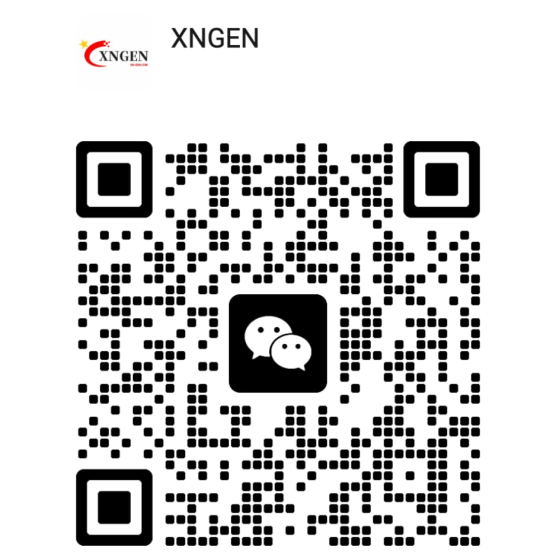Newly purchased diesel generator sets or those that have undergone a major overhaul require a break-in period before they can operate normally. This process is essential because new or replaced parts, which often have rough surfaces, are introduced during assembly or repair. Additionally, variations in assembly quality due to human factors can prevent these parts from fitting perfectly with other components initially. The break-in period allows the engine to adjust, ensuring proper function and longevity.
1. Cold Break-in
The cold break-in process prepares the engine by allowing its parts to wear in without the stress of full operation:
- Method: Run the diesel engine without starting it. This can be done by:
- Using a battery to turn the starter motor (with fuel supply disabled).
- Manually rotating the flywheel with an appropriate tool.
- Post-Process: After the cold break-in:
- Drain all lubricating oil from the oil pan completely.
- Clean the oil pan with cleaning oil to remove debris or metal particles.
This initial step reduces wear on components by smoothing surfaces before combustion begins.
2. Temperature Control
During the hot break-in phase, maintaining specific temperature ranges is critical for proper component wear-in:
- Lubricating Oil: Keep the temperature between 65°C and 75°C.
- Cooling Water: Keep the temperature between 70°C and 80°C.
These controlled conditions prevent overheating and ensure the engine adapts effectively to operational stresses.
3. Hot Break-in
The hot break-in involves two distinct stages to gradually bring the generator to full operational capacity.
No-load Break-in
- Procedure: Start the engine and run the generator without any electrical load.
- Viteză: Limit the engine speed to 1300 r/min or below.
- Verification: Confirm that all technical indicators meet no-load break-in standards.
Loaded Break-in
- Procedure: After the no-load phase, gradually apply an electrical load to the generator.
- Duration: This stage typically lasts approximately 60 Ore, though the operator may adjust based on specific conditions.
- Load Increase: Start with a small load and incrementally increase it to full capacity, allowing the engine to adapt at each step.
- Goal: Continue until the engine meets the normal operating standards for loaded conditions.
Summary
By following these steps—cold break-in, temperature control, and a two-stage hot break-in—the diesel generator’s new or overhauled components will achieve the proper fit and clearance. This process ensures the generator operates reliably and efficiently over its service life.
 XN-GEN.COM
XN-GEN.COM


